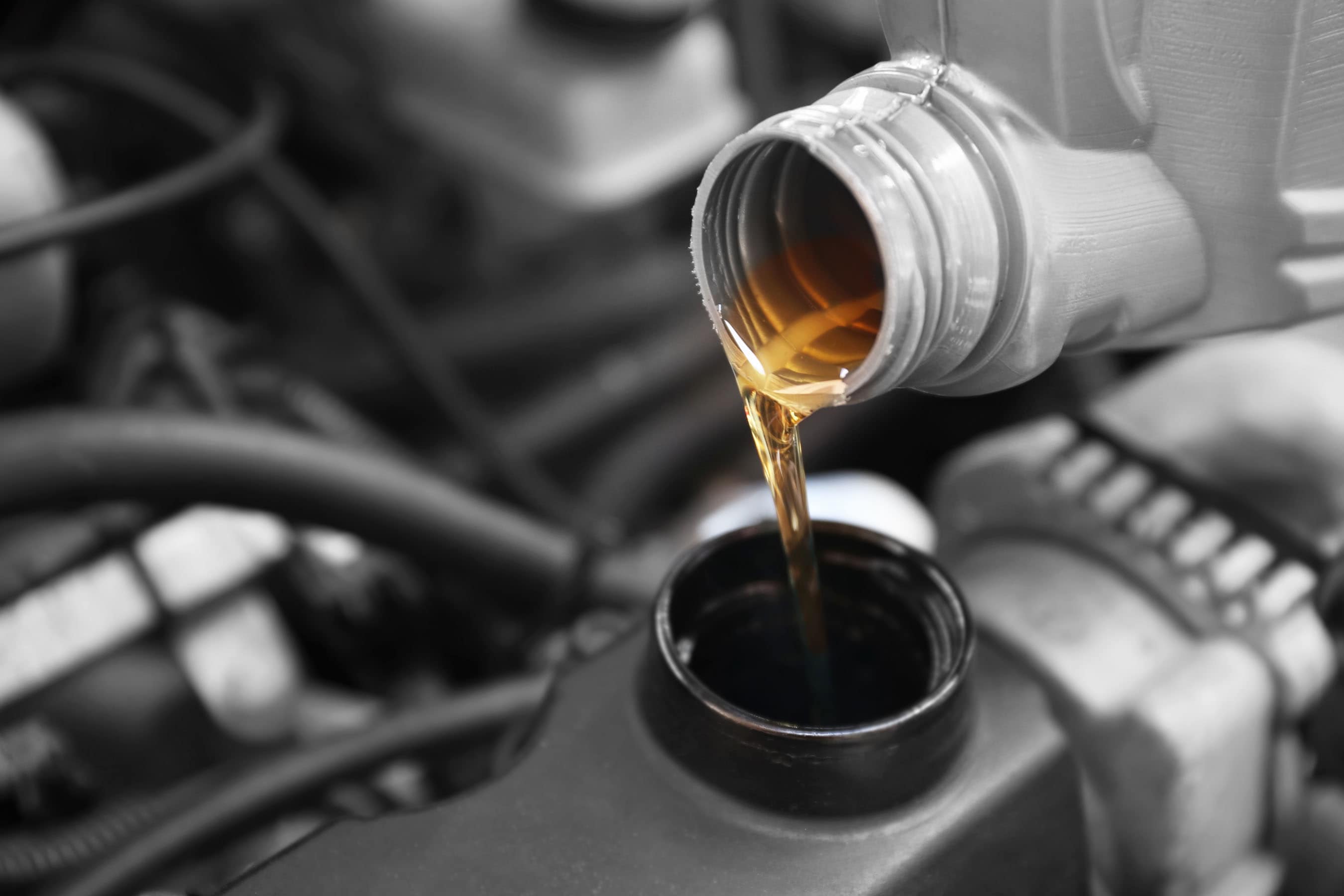
Oil Change
You can DIY this Average cost: $20-$80Changing your vehicle’s oil is one of the easiest DIY auto repairs you can do. How often you should do an oil change depends on your vehicle’s year, make, and model. Your owner’s manual should contain more information about the recommended service intervals.
Read more about oil changeCoolant Flush
You can DIY this Average part cost: $10-$100Debris can accumulate inside radiators and clog the engine cooling system. Your owner’s manual will tell you what type of coolant you need and how often you need to flush coolant.
Read more about coolant flush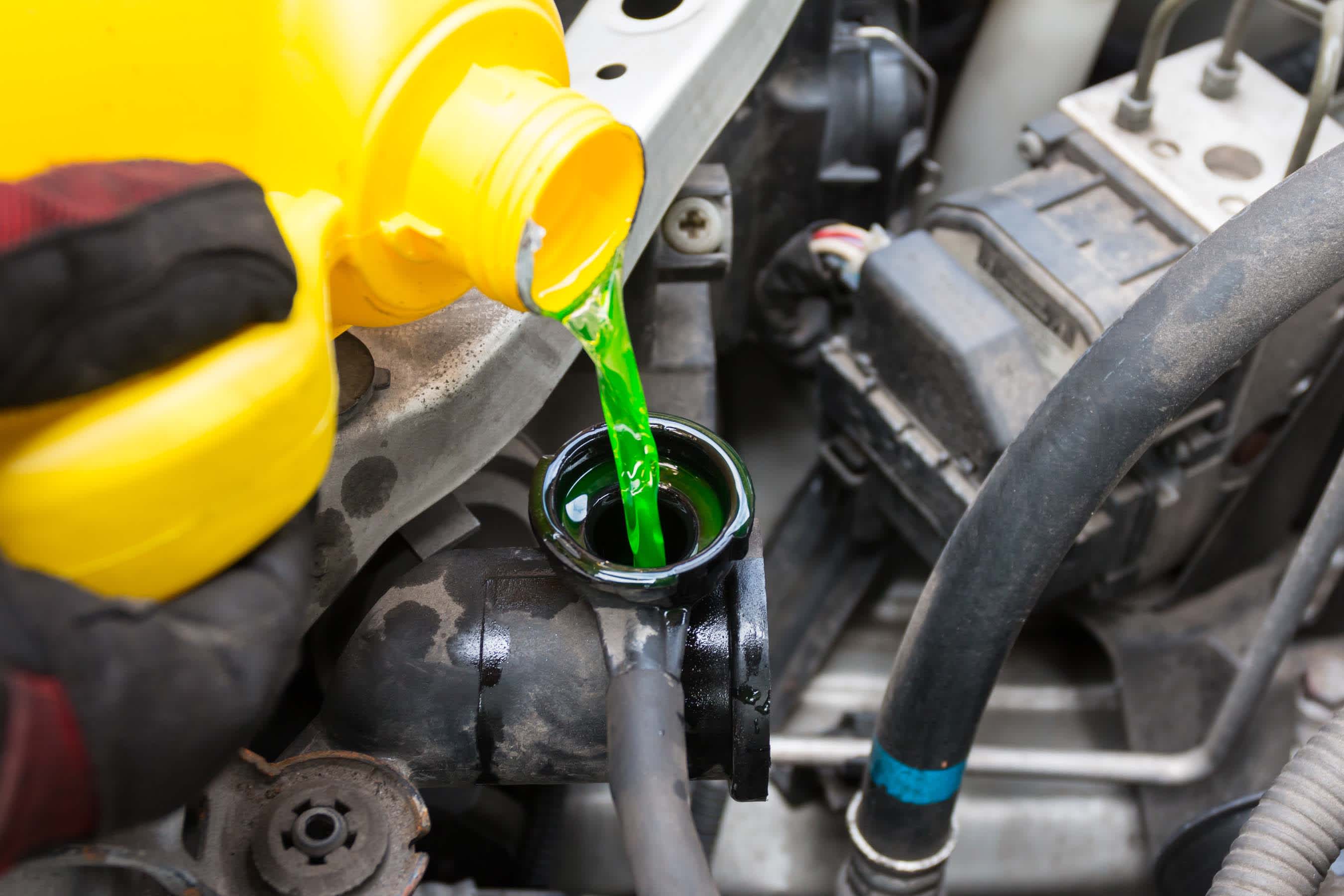
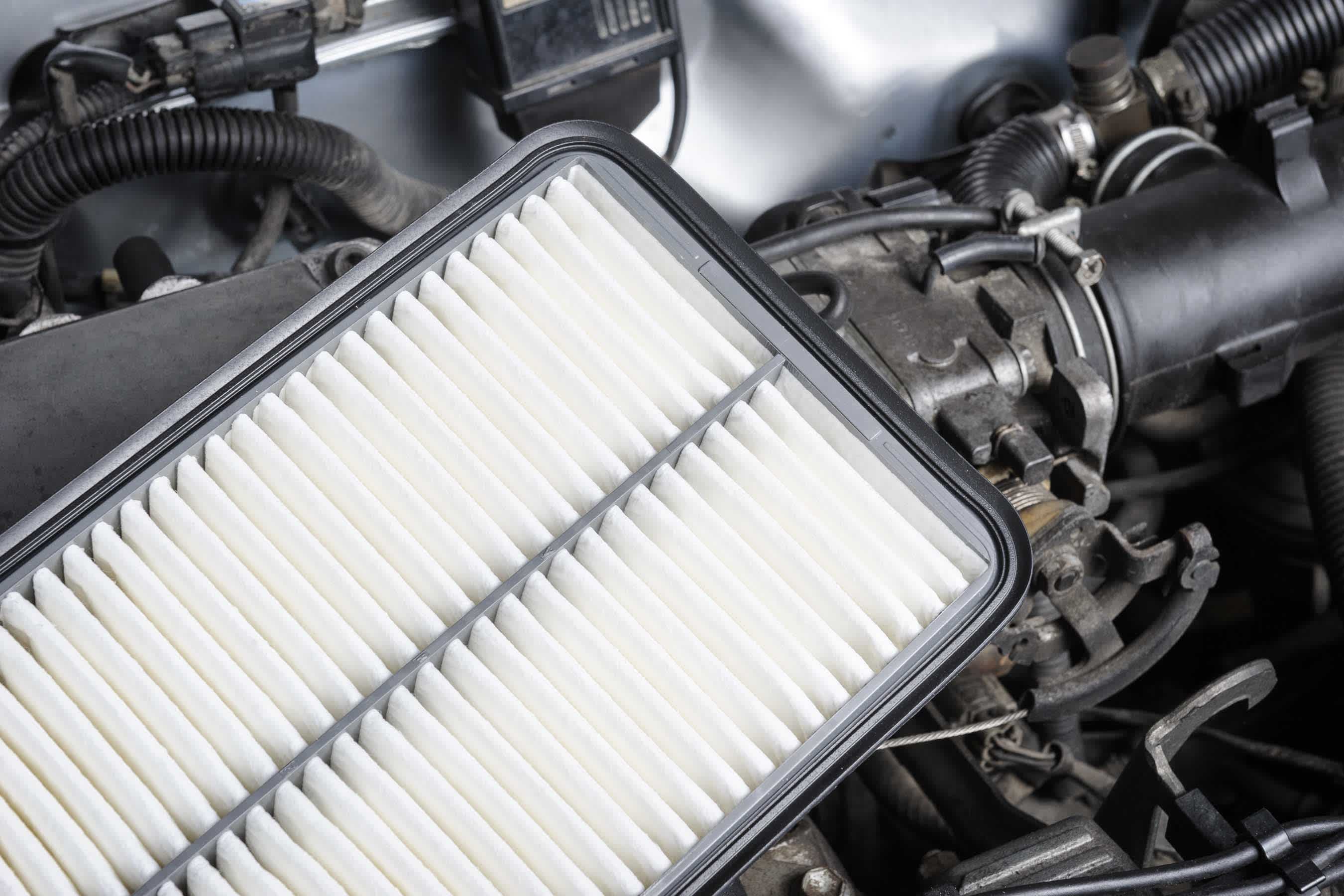
Engine Air Filter Replacement
You can DIY this Average part cost: $10-$100Engine air filters prevent debris and other particulates from entering your engine. Clogged and dirty air filters can dampen your vehicle’s performance and potentially ruin your engine, so make sure to replace them as needed.
Read more about engine air filter replacementCooling System Repairs
DIFM: ask a mechanic to do this for you Average part cost: $20-$1,400 (Radiator) Average labor cost: $90-$900Engine cooling systems are made up of a lot of hoses and other parts. While you can certainly do a coolant flush, finding and fixing a leak in cooling systems requires special tools, which you may not have on hand.
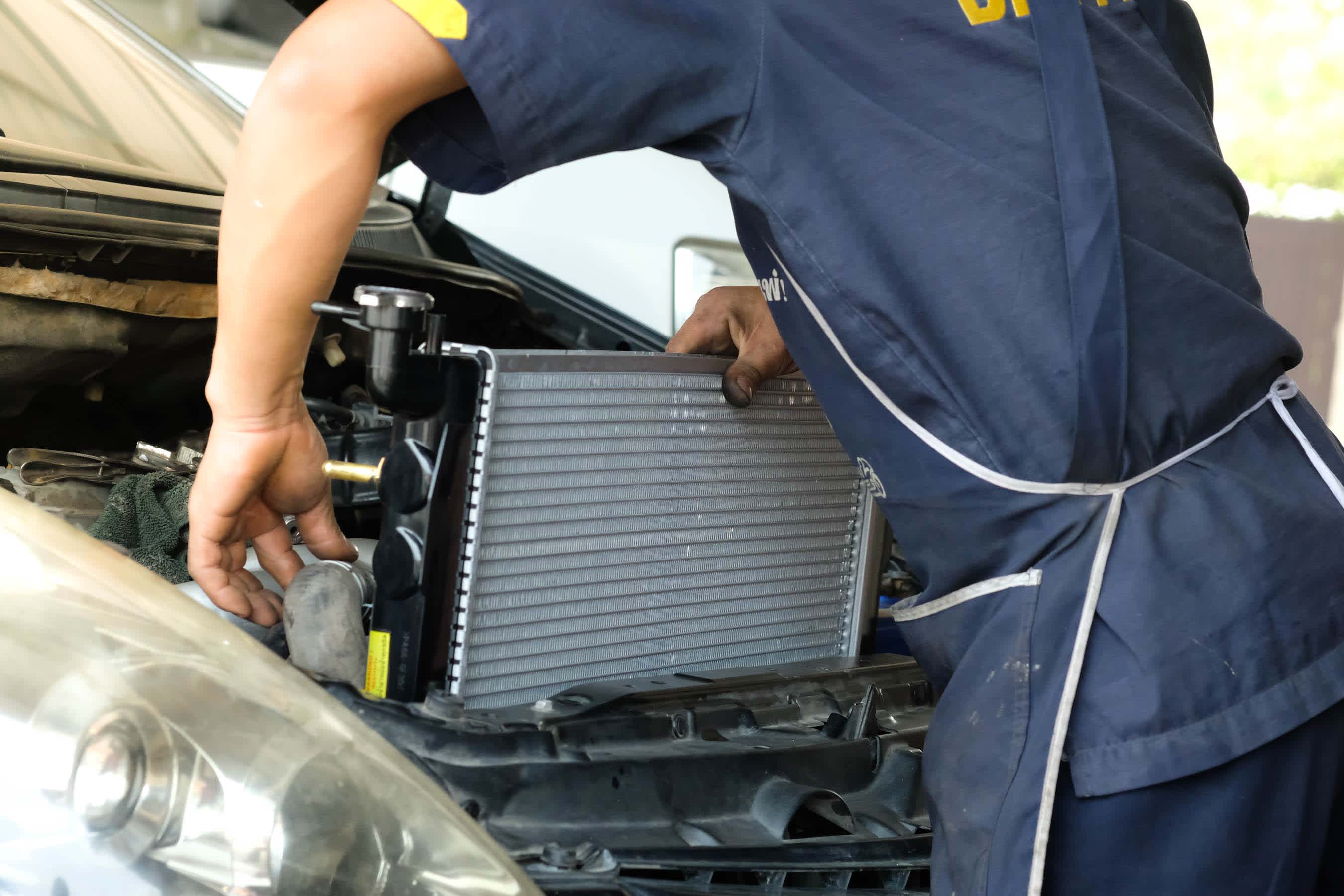
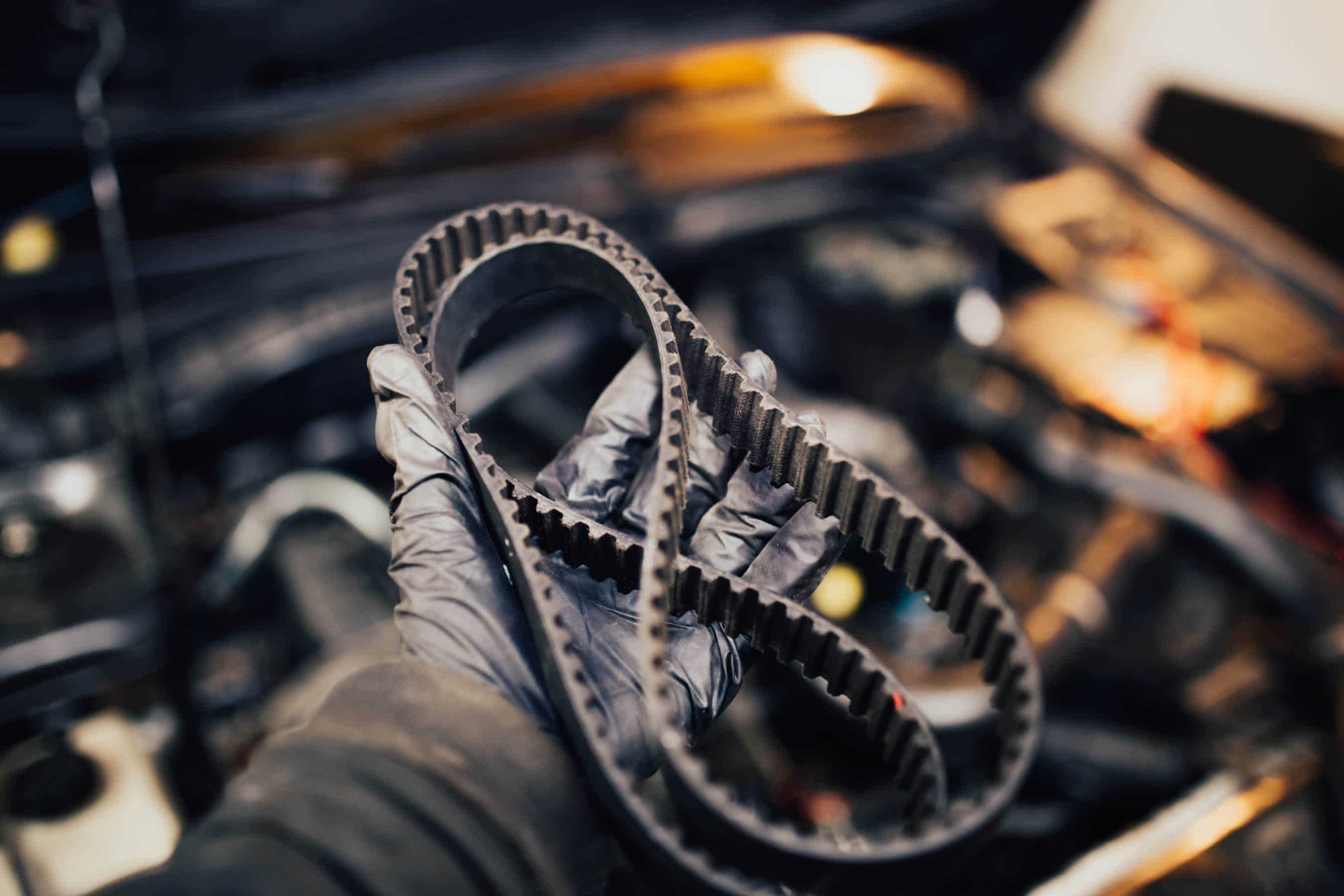
Timing Belt Installation
DIFM: ask a mechanic to do this for you Average part cost: $10-$180 Average labor cost: $250-$1500The timing belt is an important engine component that will eventually need to be replaced. Unfortunately, this isn’t something you can DIY. It’s one of those repairs that requires specialized skills, tools, and know-how.
Engine Gasket Repairs
DIFM: ask a mechanic to do this for you Average part cost: $10-$600 Average labor cost: $80 to $250 per hour, depending on locationThe engine is the most important and most complex part of your vehicle. As such, it’s best to leave this job to the pros, so that you can avoid mistakes and expensive repairs.
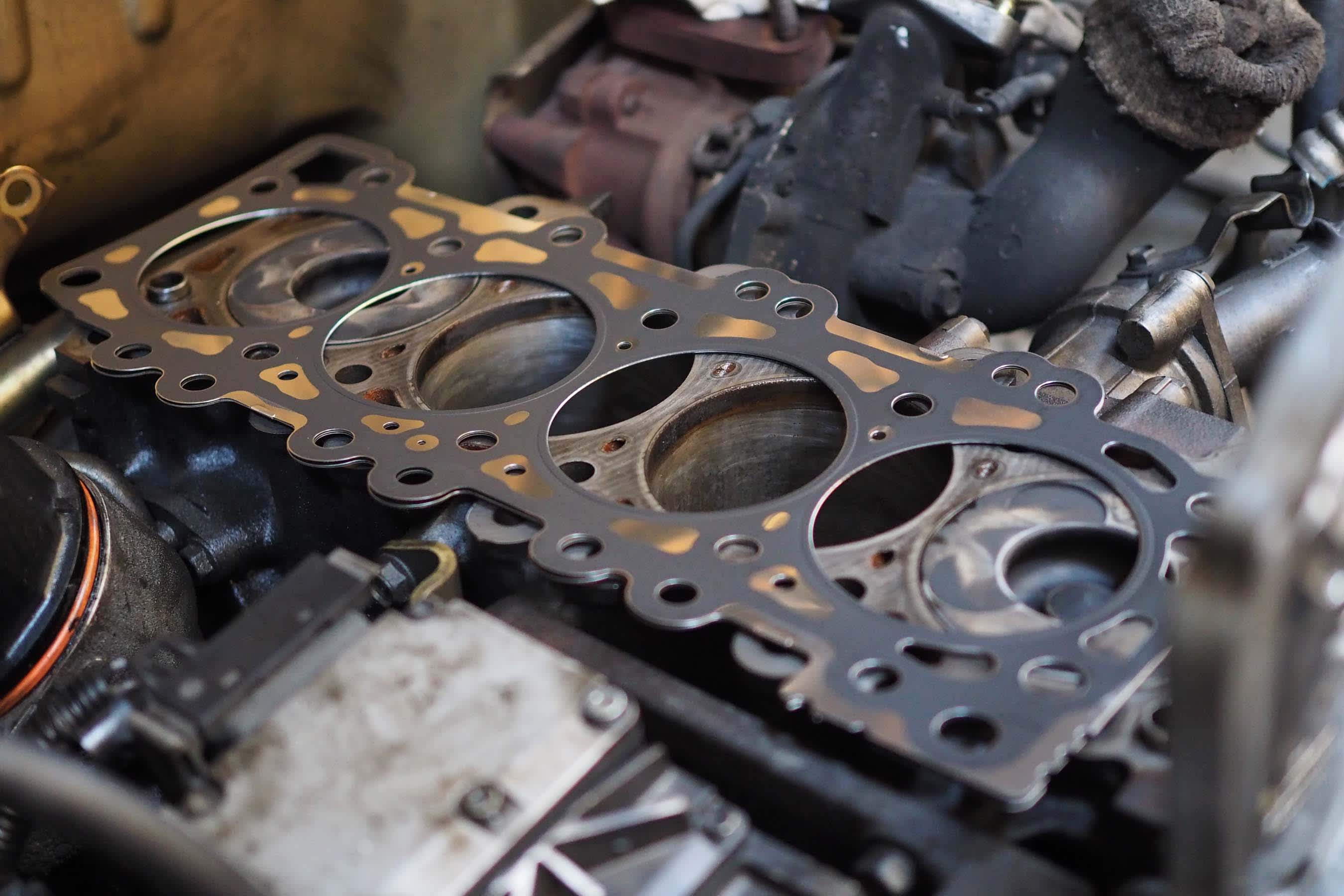
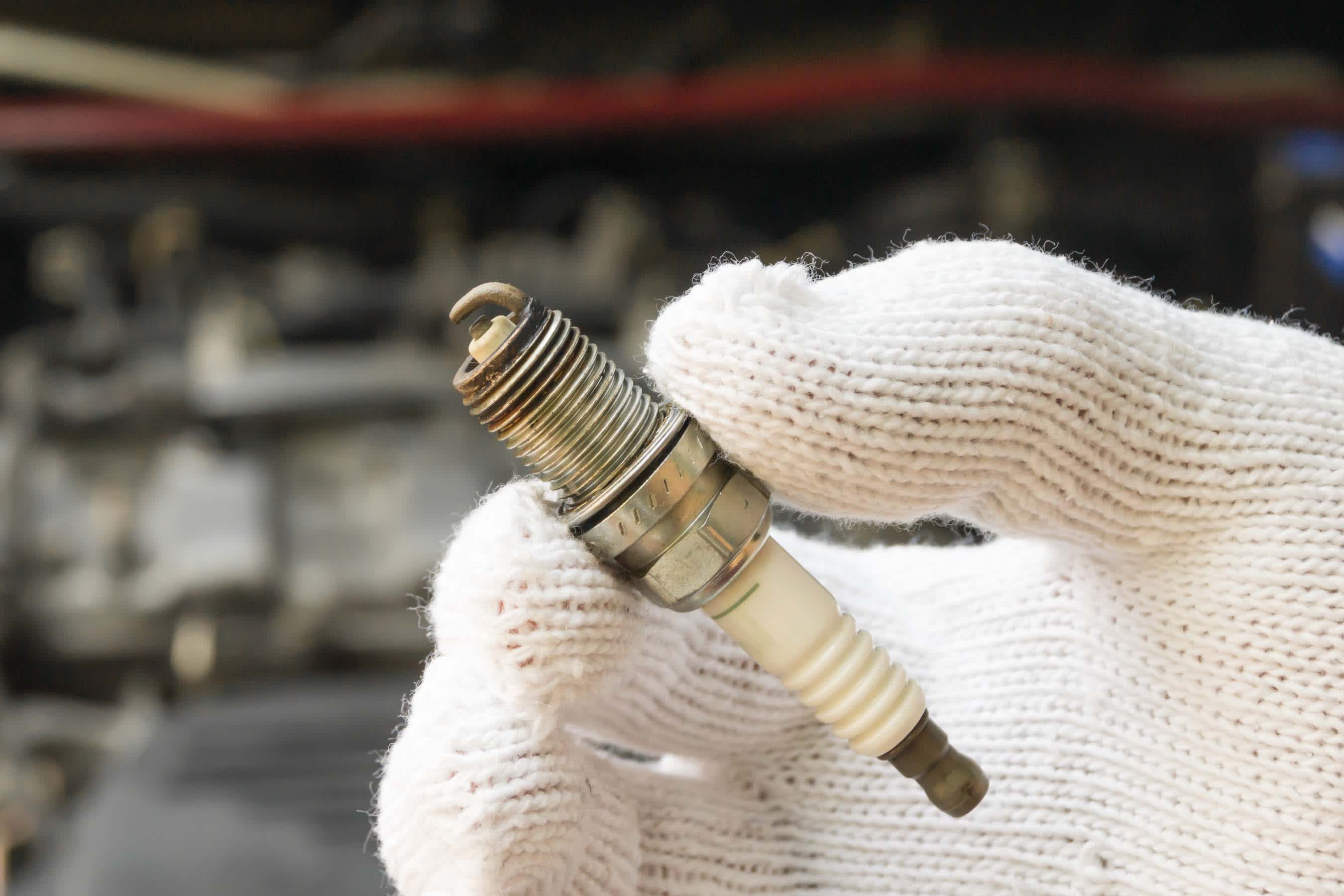
Replacing Spark Plugs
You can DIY this Average part cost: $10-$100Spark plugs are typically easy and affordable to replace. As long as you have the most basic automotive tools in your garage, you can do this yourself.
Read more about spark plug replacement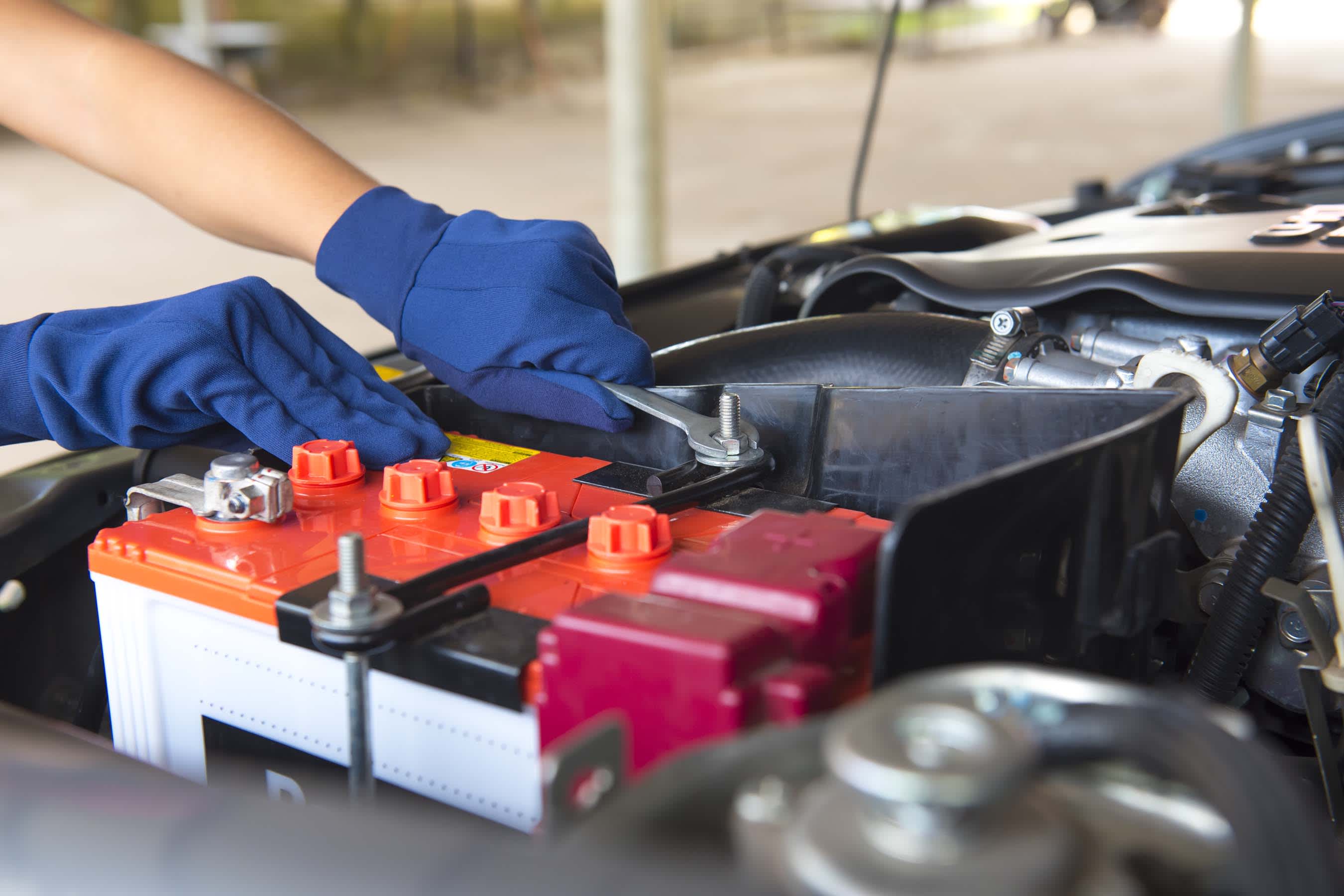
Battery Replacement
You can DIY this Average part cost: $50-$450The battery is the heart of your vehicle’s electrical system. Replacing it on your own may seem intimidating at first, but it’s actually a straightforward process.
Read more about battery replacementElectric System Repairs
DIFM: ask a mechanic to do this for you Average labor cost: $80-$250 per hour, without taxes and feesIf you’re not familiar with your vehicle’s electrical system, you should leave the repairs to a professional. Modern vehicles are equipped with computers and complicated wiring, so DIYers may not be able to diagnose and fix problems on their own.
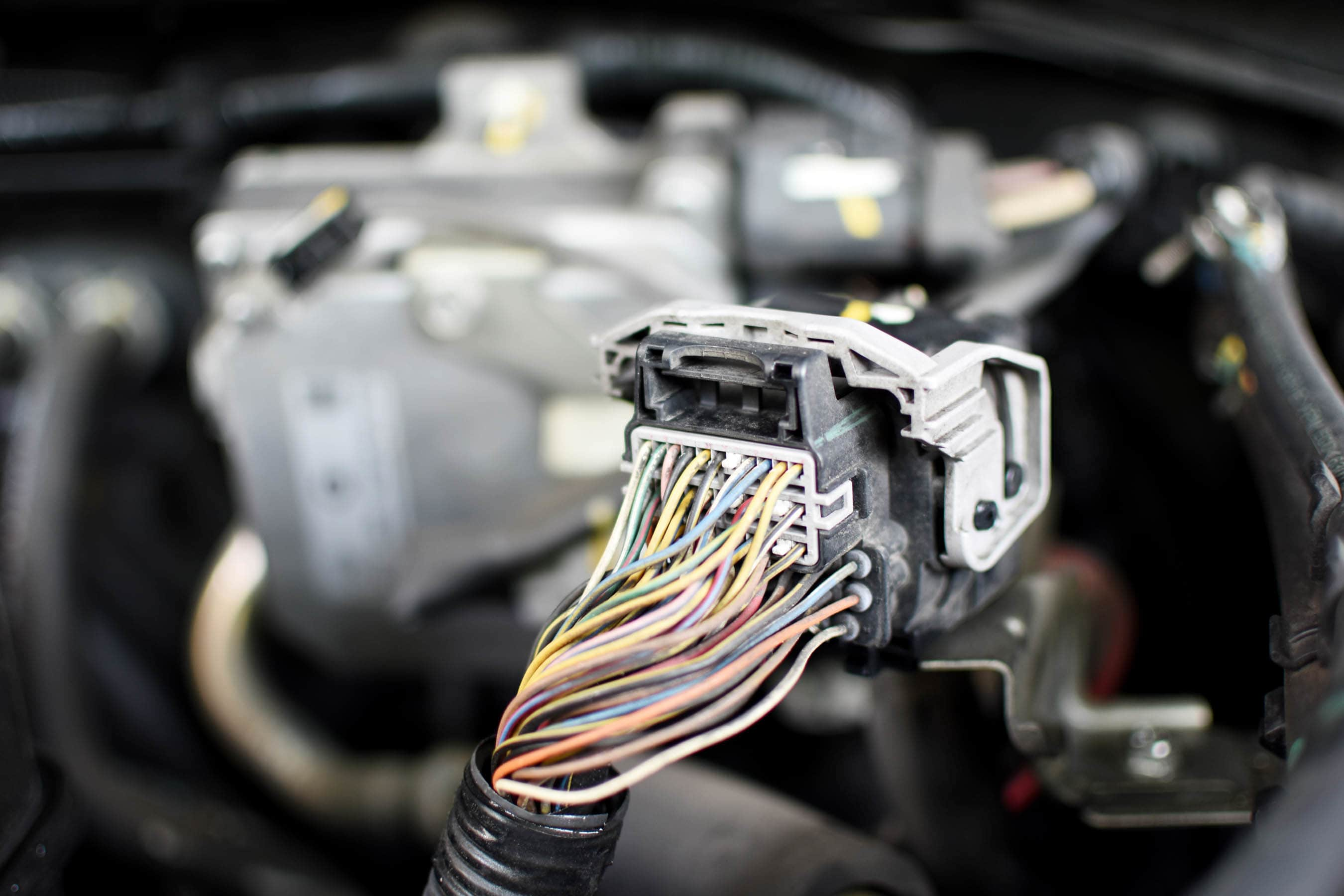
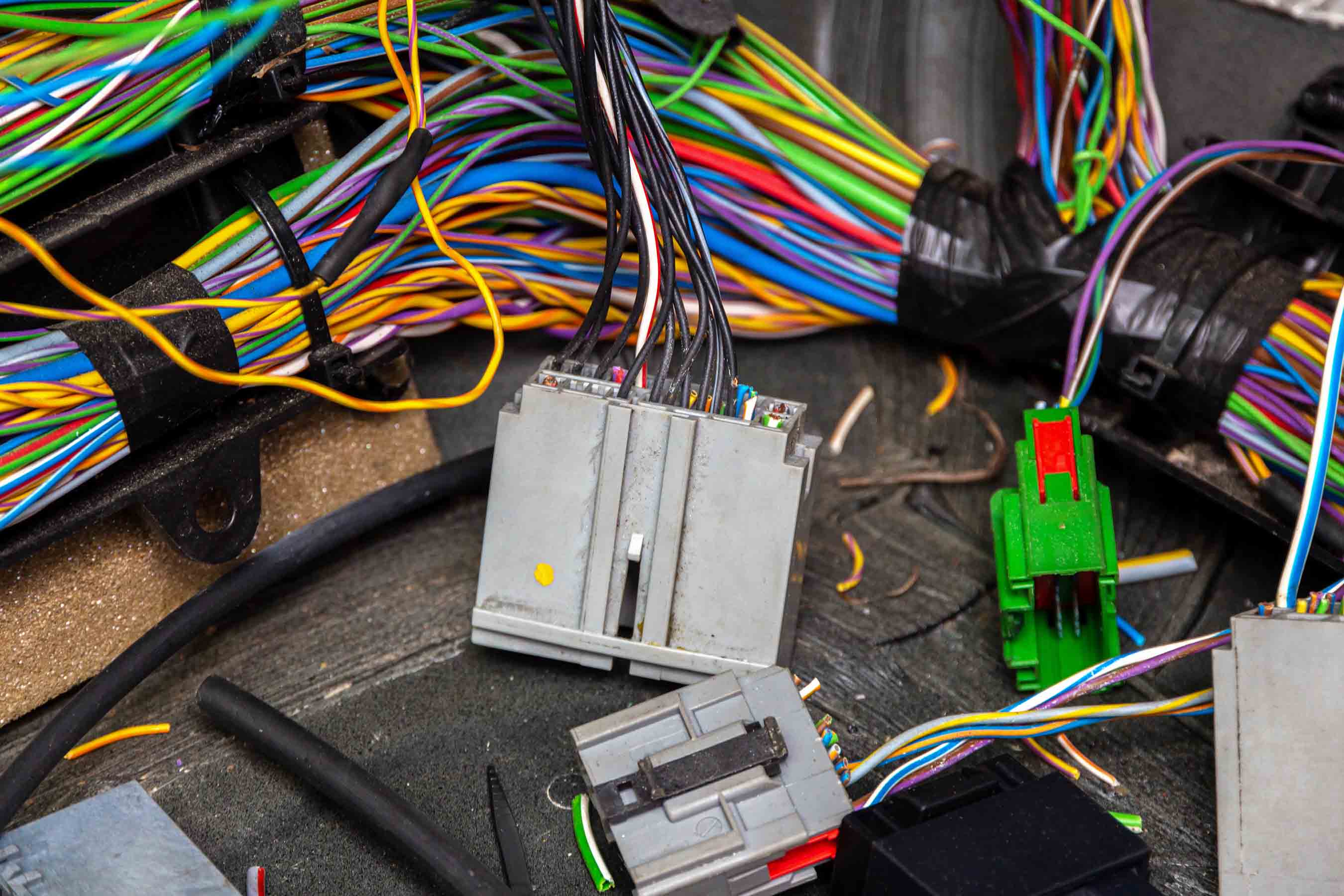
Tracing Electrical Issues in a Flooded Car
May not be worth fixingFlood damage can cause serious electrical issues in your vehicle. If that’s the case, it will be very difficult to pinpoint the root cause of your vehicle’s electrical problems. Repairing a flooded car is also time-consuming and expensive.
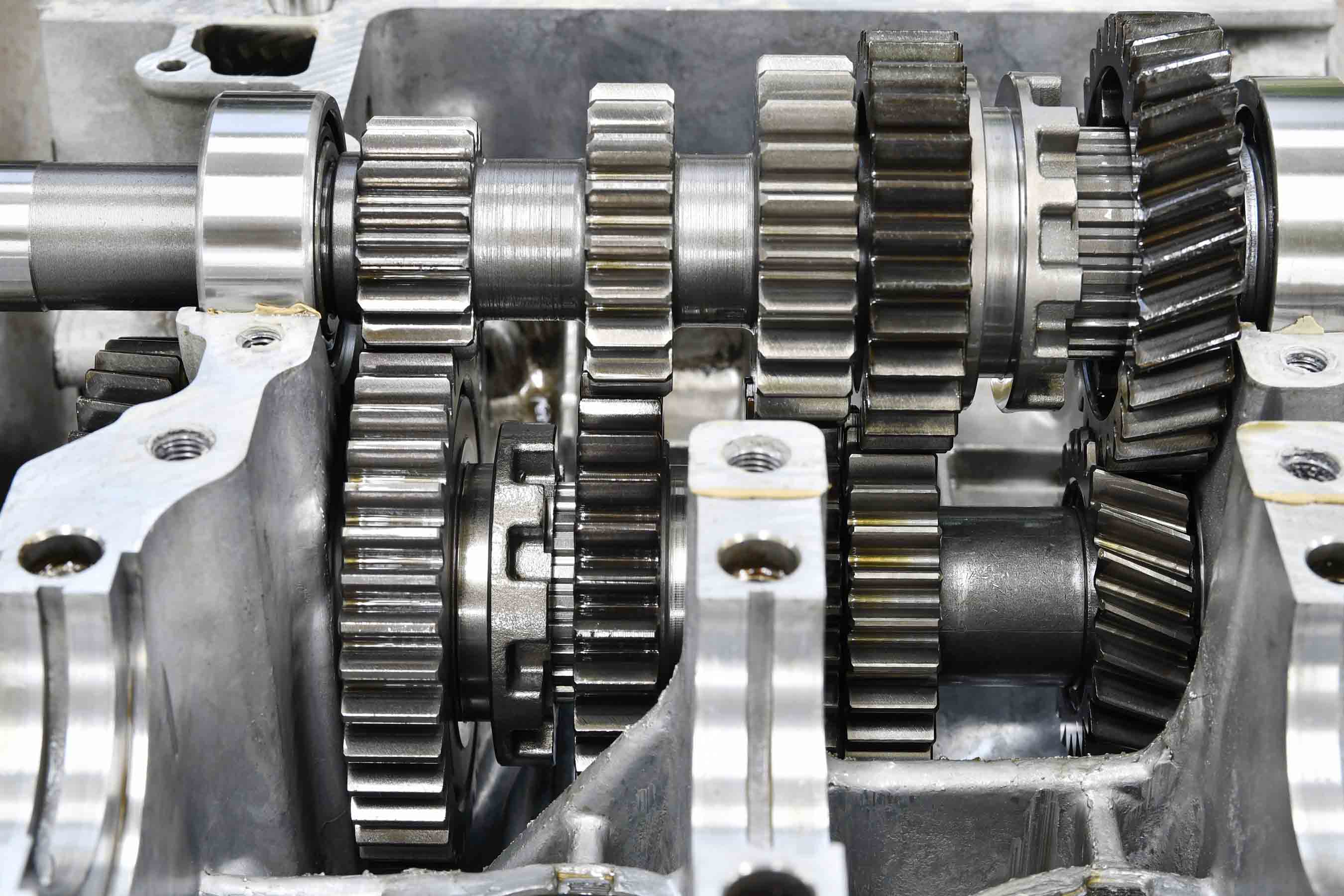
Transmission Repairs
DIFM: ask a mechanic to do this for you Average part cost: $10-$600 Average labor cost: $80-$400A vehicle’s transmission system is made up of thousands of complex parts. That’s why you can’t just tinker around with it, or you may end up damaging the entire system.
Read more about the different car transmission typesTransmission replacement
May not be worth fixingDepending on the vehicle's make, model, and transmission type, a transmission replacement can cost anywhere from $1,500 to $7,000. Labor can also cost you an additional $1,500 to $2,000. In many cases, replacing the transmission may not be worth doing, unless you want (and can afford) to give your vehicle new life.
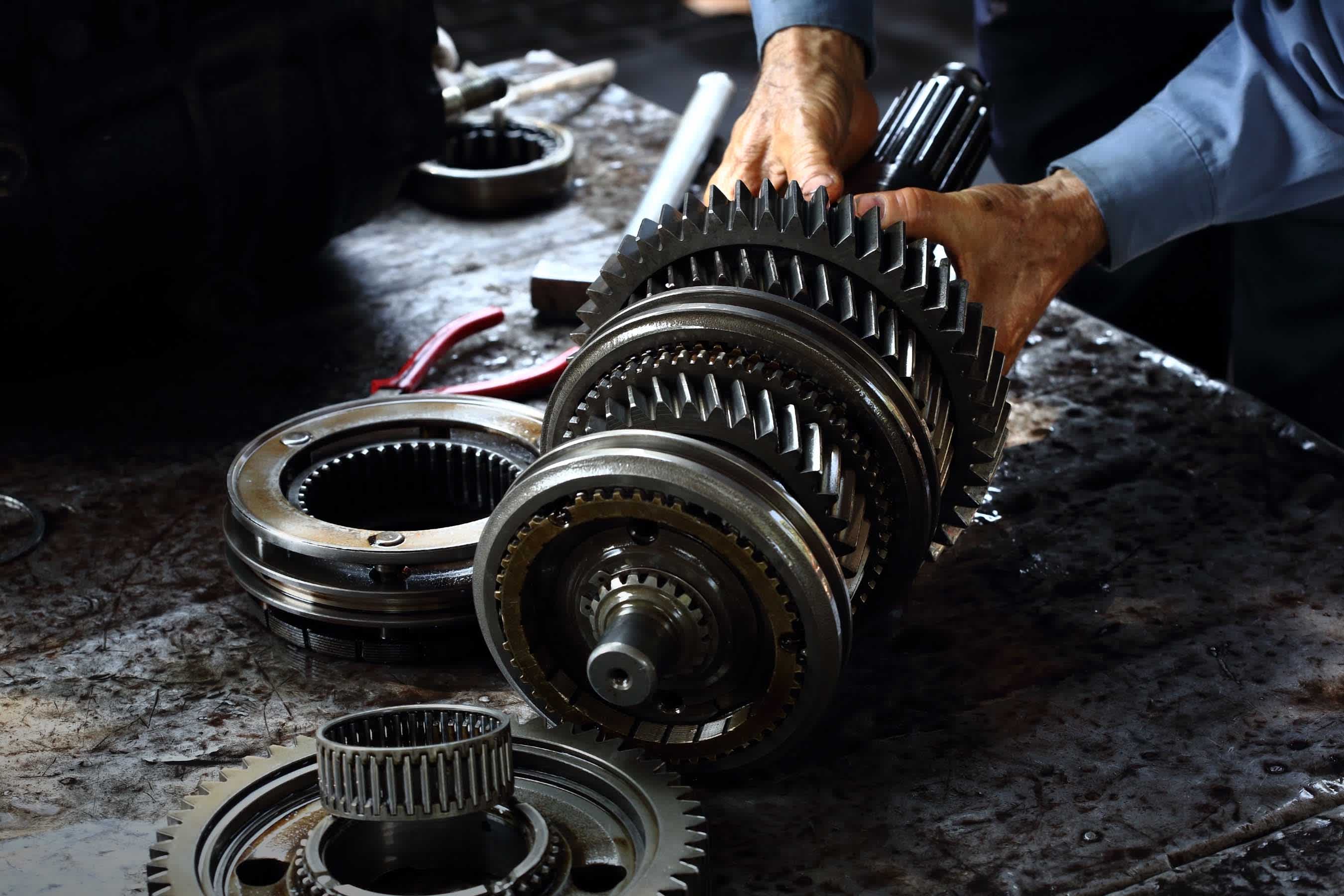

Suspension System Fixes
You can DIY this Average part cost: $10-$250 Average labor cost: $200-$1,500 for minor repairsYour suspension system helps ensure your ride is not too stiff or too bouncy. A single DIY repair mistake can ruin your entire suspension, so if you need work done, call a professional.
Read more about your suspension systemTire Maintenance
You can DIY this Average labor cost: $20Tire maintenance is one of the most essential DIY auto repairs. It involves checking your tire pressure, fixing small punctures, and being able to change your tires.
Read more about tire pressure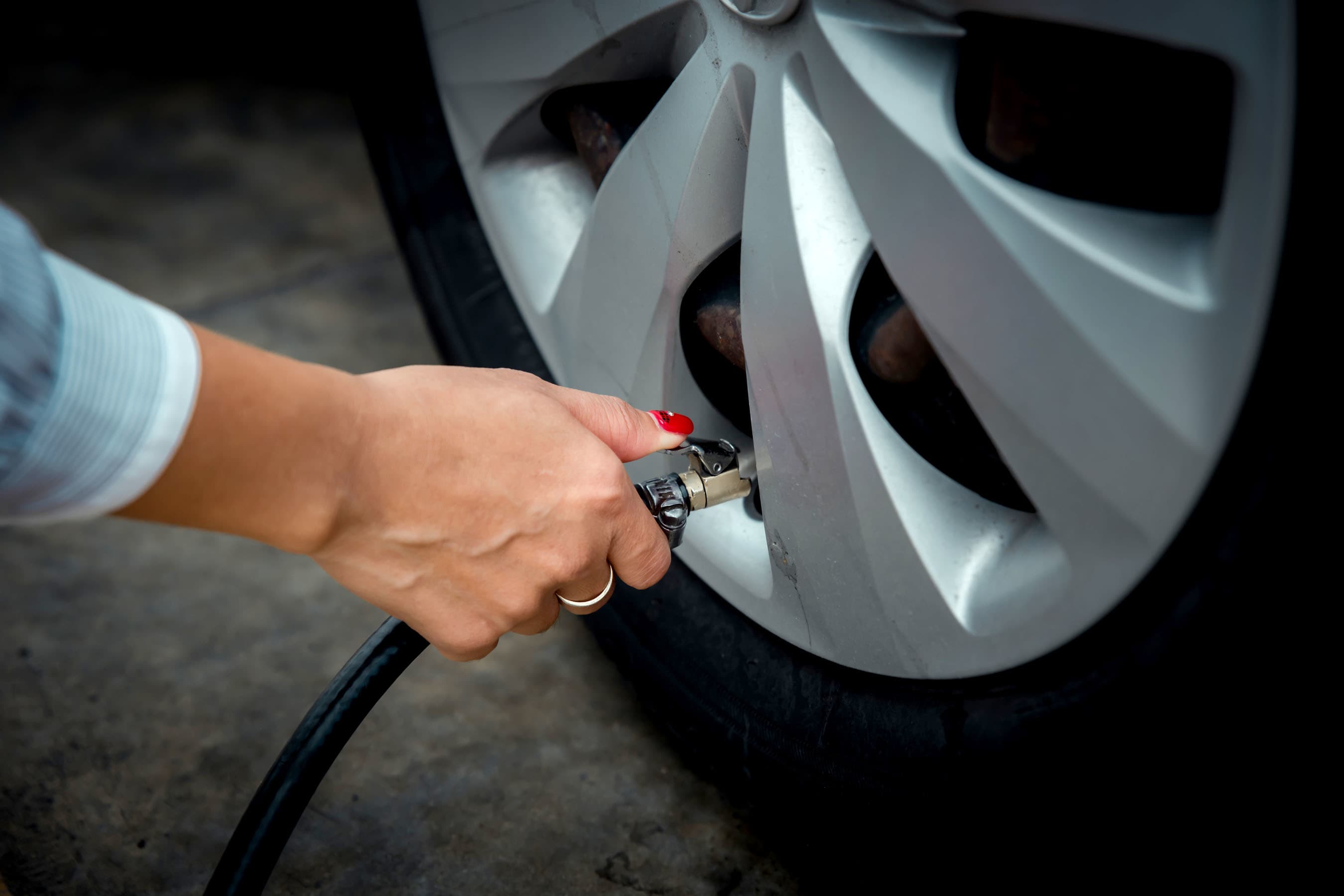

Mounting and Balancing Tire
DIFM: ask a mechanic to do this for you Average part cost: $60-$500 (Wheels) Average labor cost: $15-$45 per tireJobs like mounting a new tire on a rim or balancing your tires require professional work. If you don’t rotate your tires or balance them at the prescribed intervals, they may wear out unevenly, so make sure to drop by your nearest shop to have it done.
Read more about tire rotation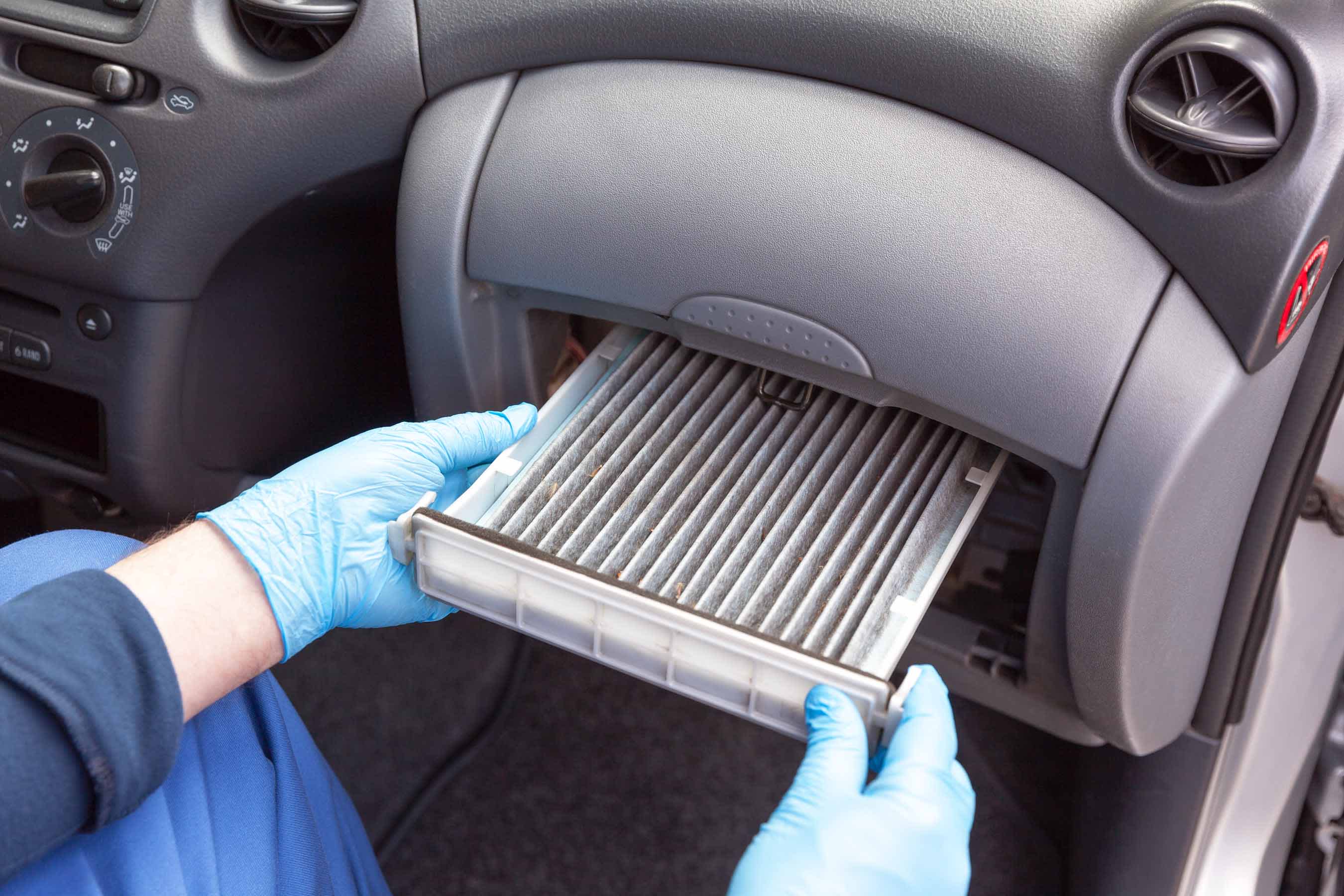
Cabin Air Filter Replacement
You can DIY this Average part cost: $10-$200Cabin air filters remove dust and dirt from your HVAC system. Clogged air filters can dampen your HVAC system’s efficiency. Check your owner’s manual to determine the right service interval for this filter.
Read more about cabin air filter replacementRepairing and Recharging the Air-Conditioning System
DIFM: ask a mechanic to do this for you Average part cost: $10-$500 (A/C Refrigerant Hose) Average labor cost: $100-$130The A/C system is made up of different parts and contains refrigerant, which is a toxic substance. Repairing this system requires expertise and specialized tools, so it’s better for a pro to do this job.
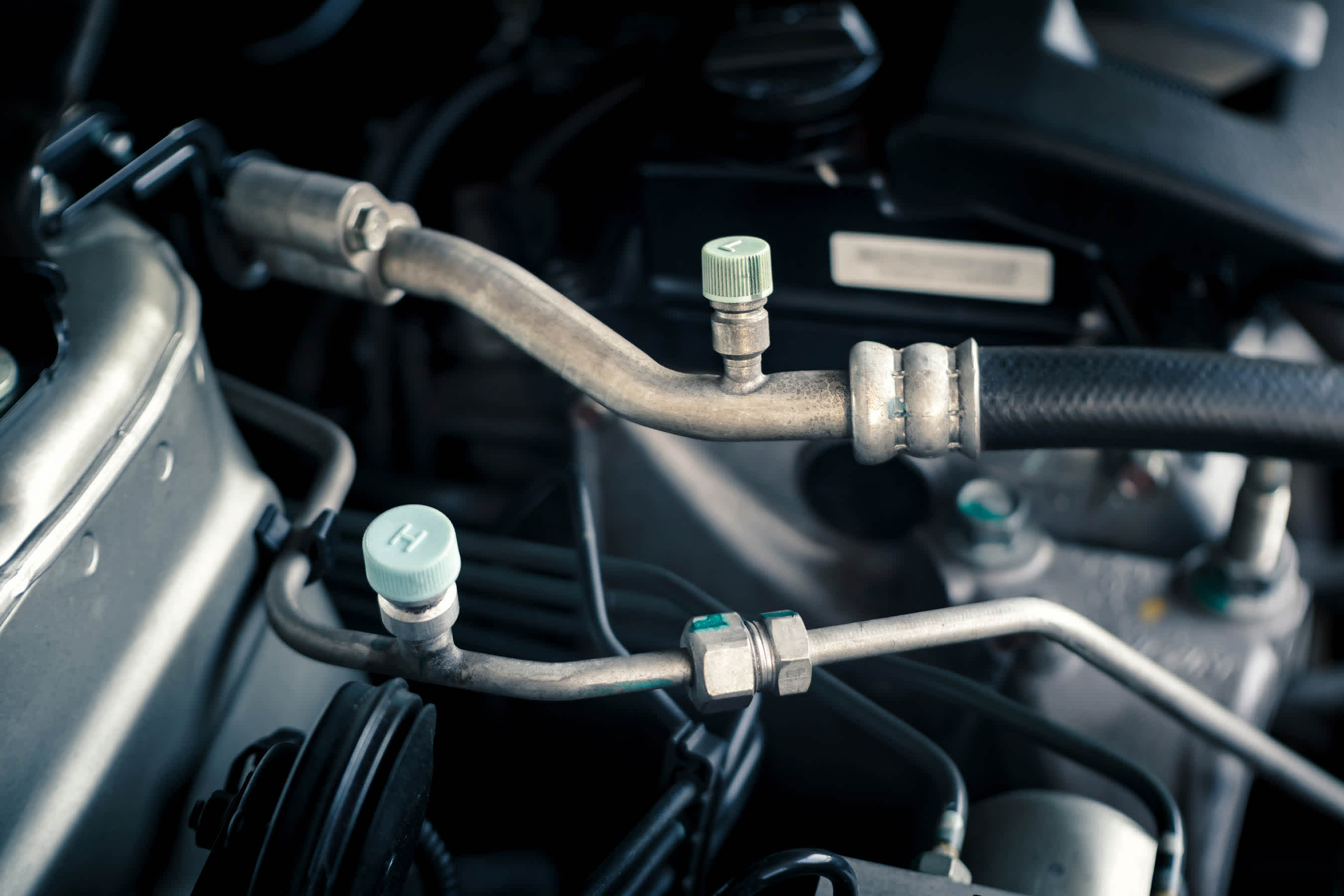
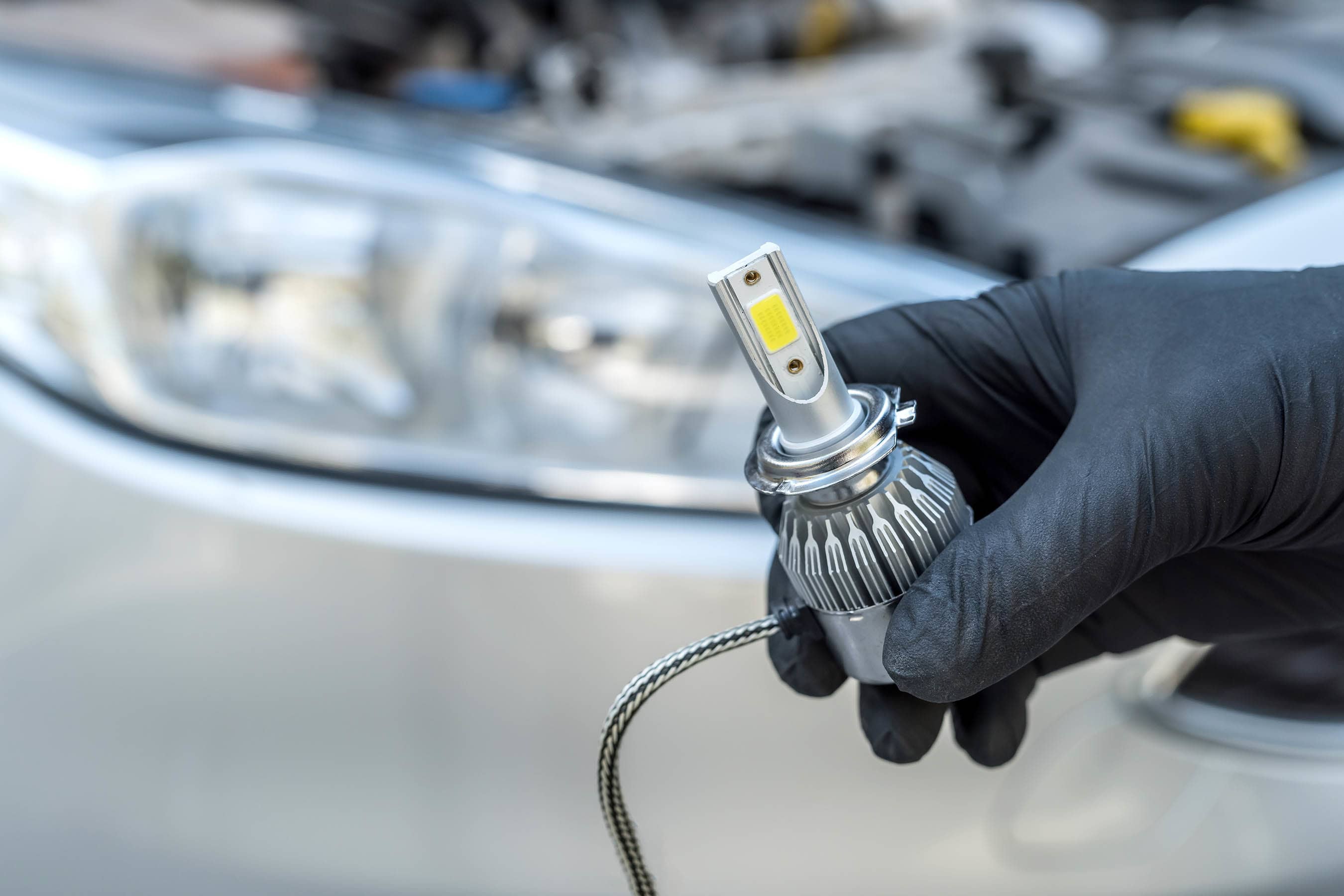
Headlight and Tail Light Bulb Replacement
You can DIY this Average part cost: $5-$50 (Headlight) | $5-$50 (Tail Light)You need to make sure that your vehicle’s headlights and tail lights are in top shape, so you can safely drive at night or in low-visibility conditions. You might get a traffic ticket if you drive with a busted light. Make sure to regularly maintain your vehicle’s lights for everyone’s safety.
Read more about headlight replacement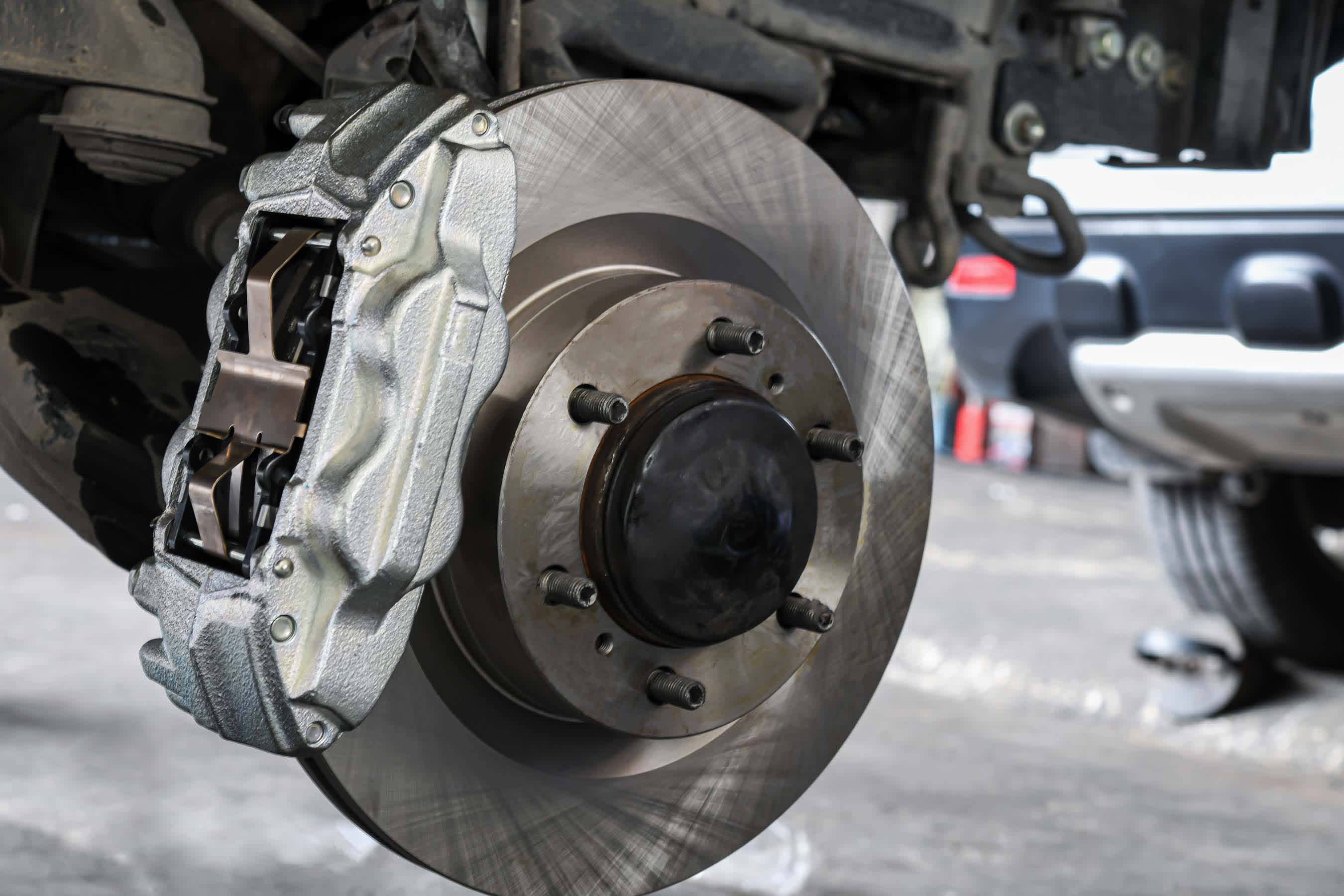
Brake Pad and Rotor Replacement
You can DIY this Average part cost: $10-$250Brake pads and rotors are important parts of your braking system. You need to replace them regularly because if the pads get worn down, they can damage your vehicle’s other braking components.
Read more about brake pad replacement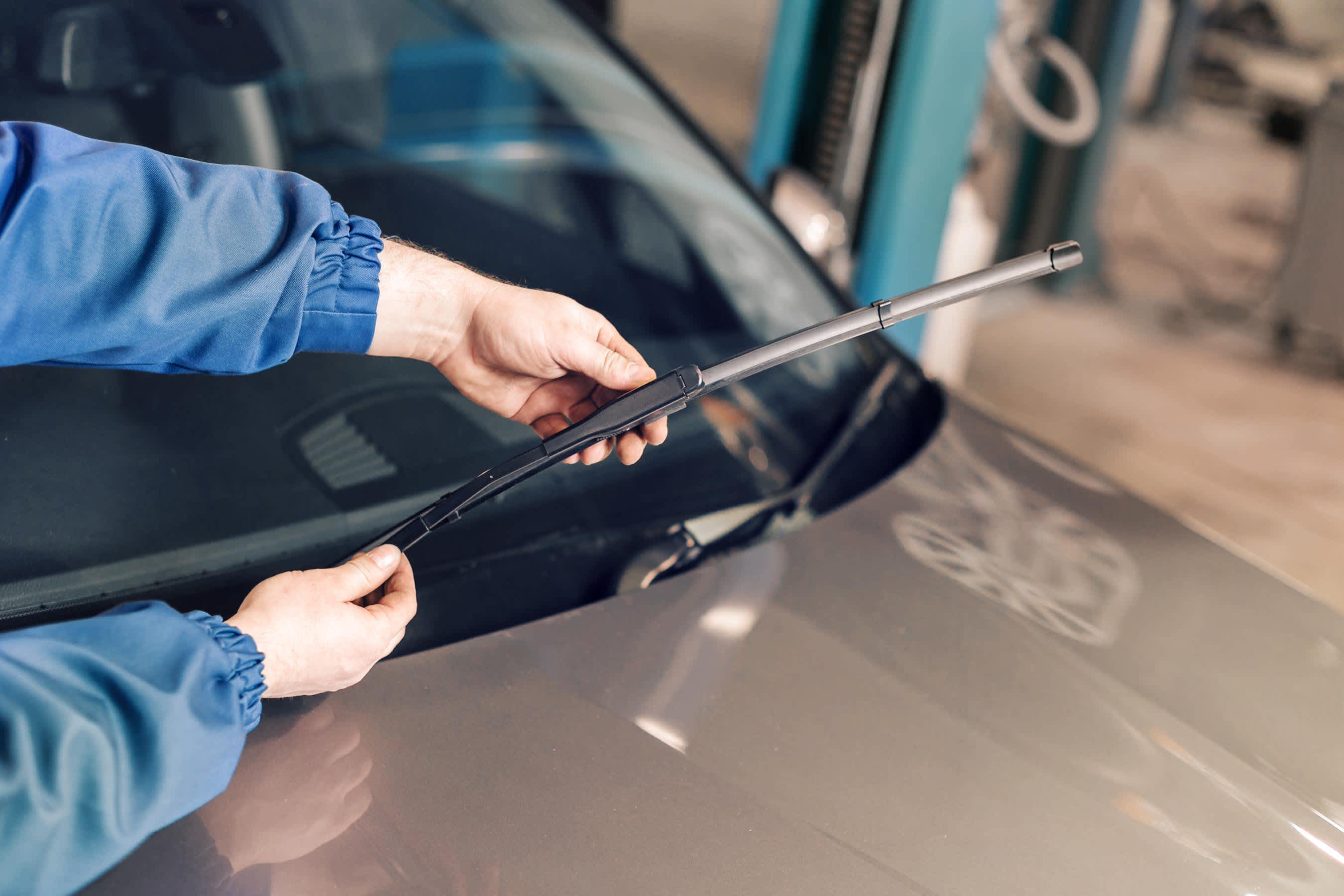
Replacing Wiper Blades
You can DIY this Average part cost: $10-$50Replacing your vehicle’s wiper blades is one of the easiest auto repairs you can DIY. This procedure typically requires only a screwdriver, but in some cases, you may not need any tools at all.
Read more about replacing wiper bladesReplacing a Windshield
DIFM: ask a mechanic to do this for you Average part cost: $100-$400 Average labor cost: $200-$250Your windshield can crack or develop a large chip after an accident. If that happens, you need to take it to a shop, so that a professional with the right tools and skills can replace it.
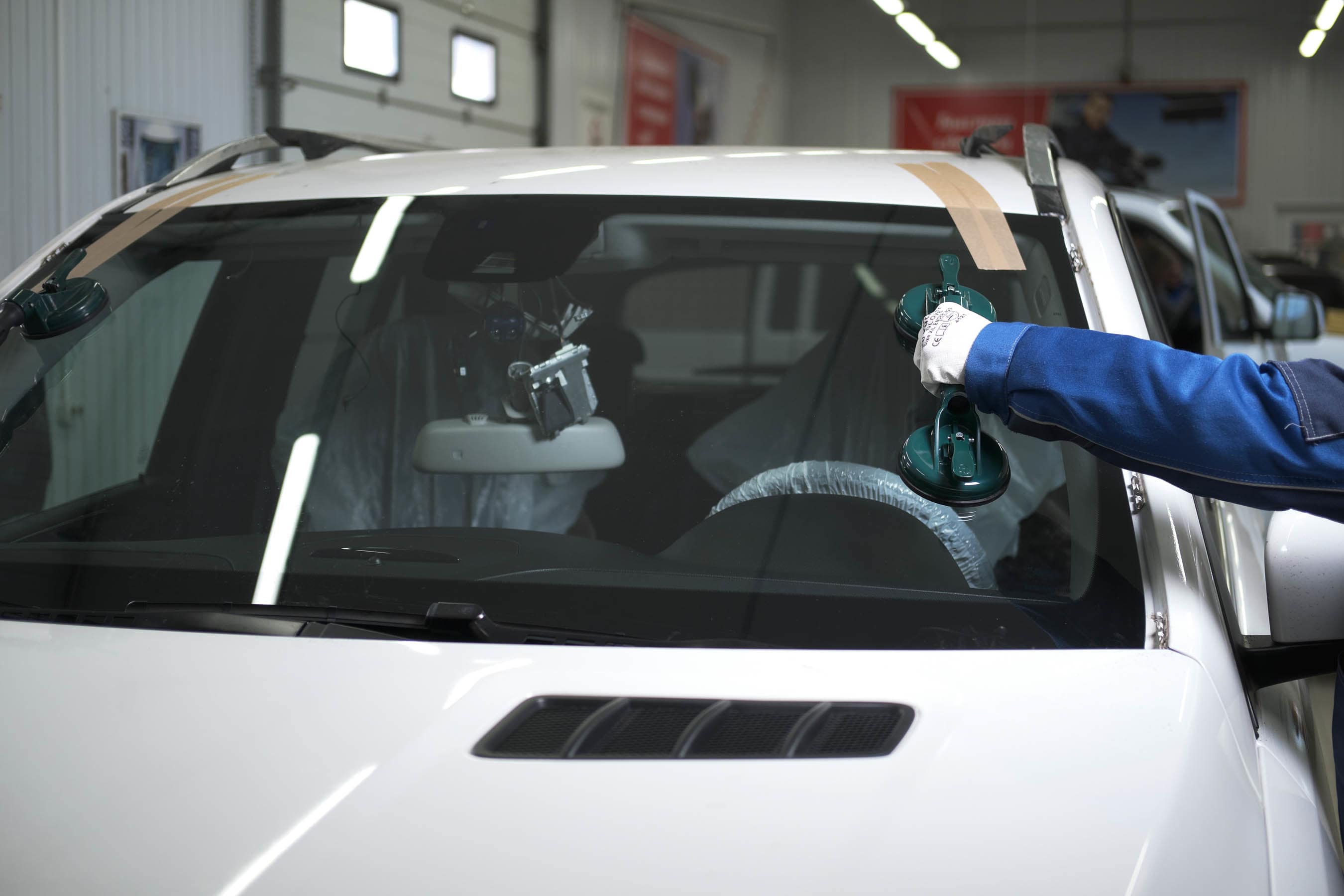
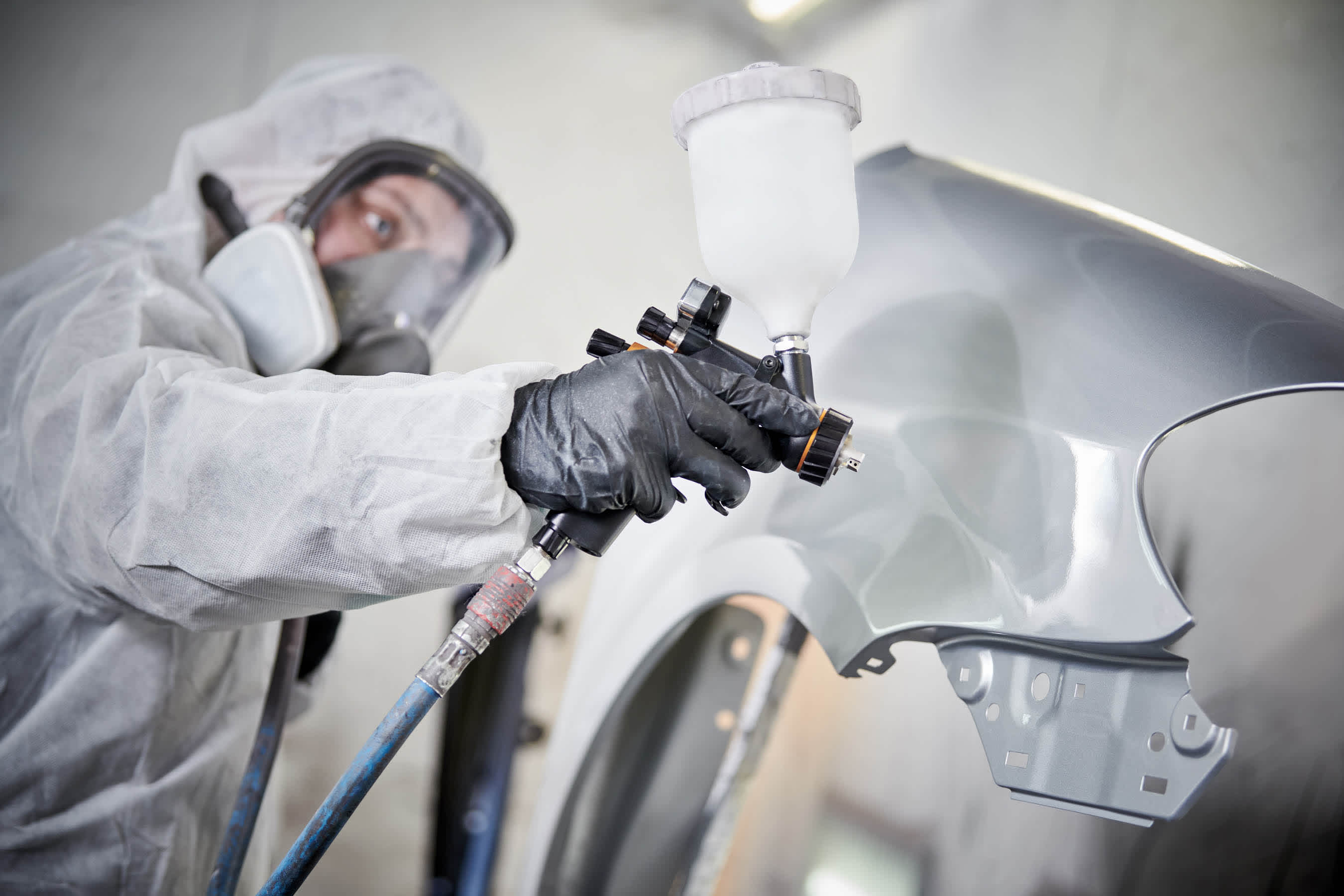
Bodywork
DIFM: ask a mechanic to do this for you Average part cost: $30-$1,500 (Hood) Average labor cost: $50-$250 per hourRepairing and repainting damaged body panels are best left to professionals. Welding and painting the panels alone takes a lot of special equipment and know-how.
Flood Damage
May not be worth fixingWater can damage your vehicle’s interiors, from the carpeting to the metal panels. Flooded cars, SUVs, and pickups may not be worth replacing if you consider how much it’s going to cost you.
Read more about flooded cars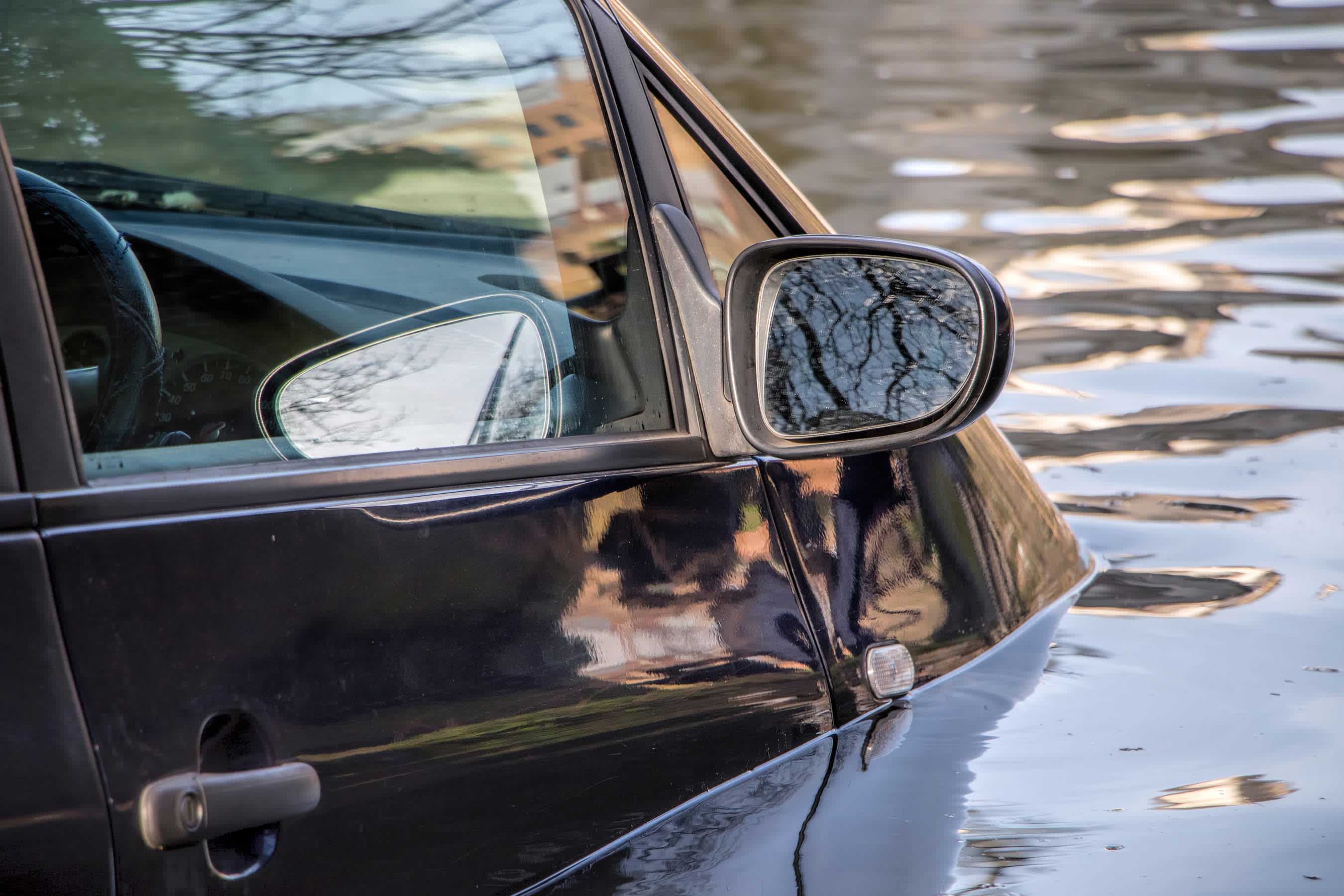
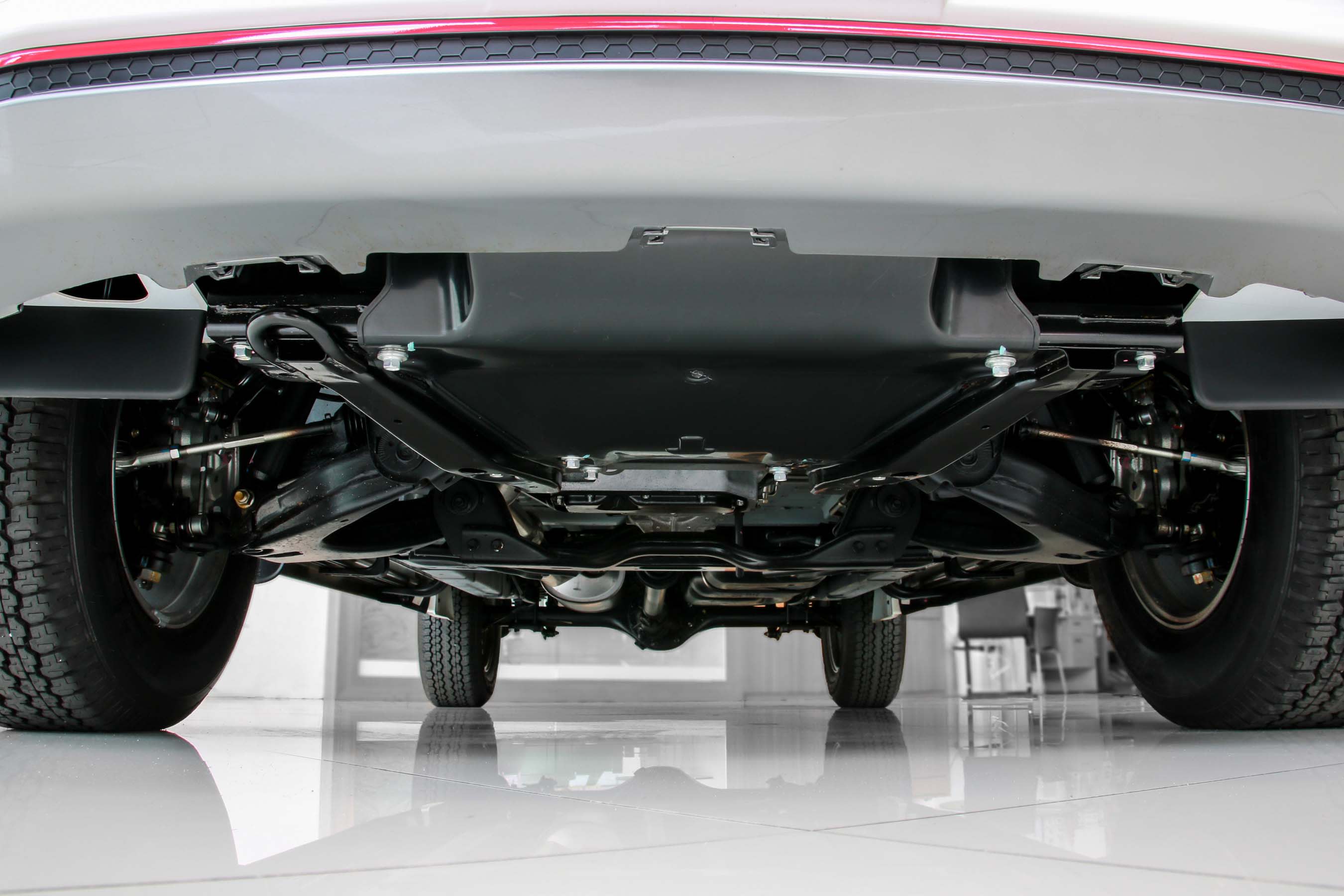
Fixing Chassis
May not be worth fixingYour chassis can be damaged by rust or forceful impact. If this happens, you may no longer be able to trust its structural integrity. Chassis repair can only be done by highly trained specialists with expensive equipment, so it costs a lot of money.
My Car Needs Fixing: DIY, DIFM (Do It For Me), or Dispose?
As your vehicle ages, it will inevitably require maintenance and repair. Of course, you can either choose to do the work yourself or have a professional do it for you. At some point, though, your vehicle’s repair costs may start to pile up. If you get to that point, what should you do? Should you continue to repair it yourself or ask a professional to do it for me (DIFM)? At what point should you begin thinking about whether you should repair or replace your car? When is the right time to dispose of your vehicle and how should you do it? If you want to make a smart choice, this guide is for you.
Select for the system you're looking for

Repair vs. Sell: When Is It Not Worth Repairing a Car?
If you have major issues with your vehicle, you may wonder if you should repair or sell your car, truck, or SUV. But before you decide on anything, here are some factors you need to consider:
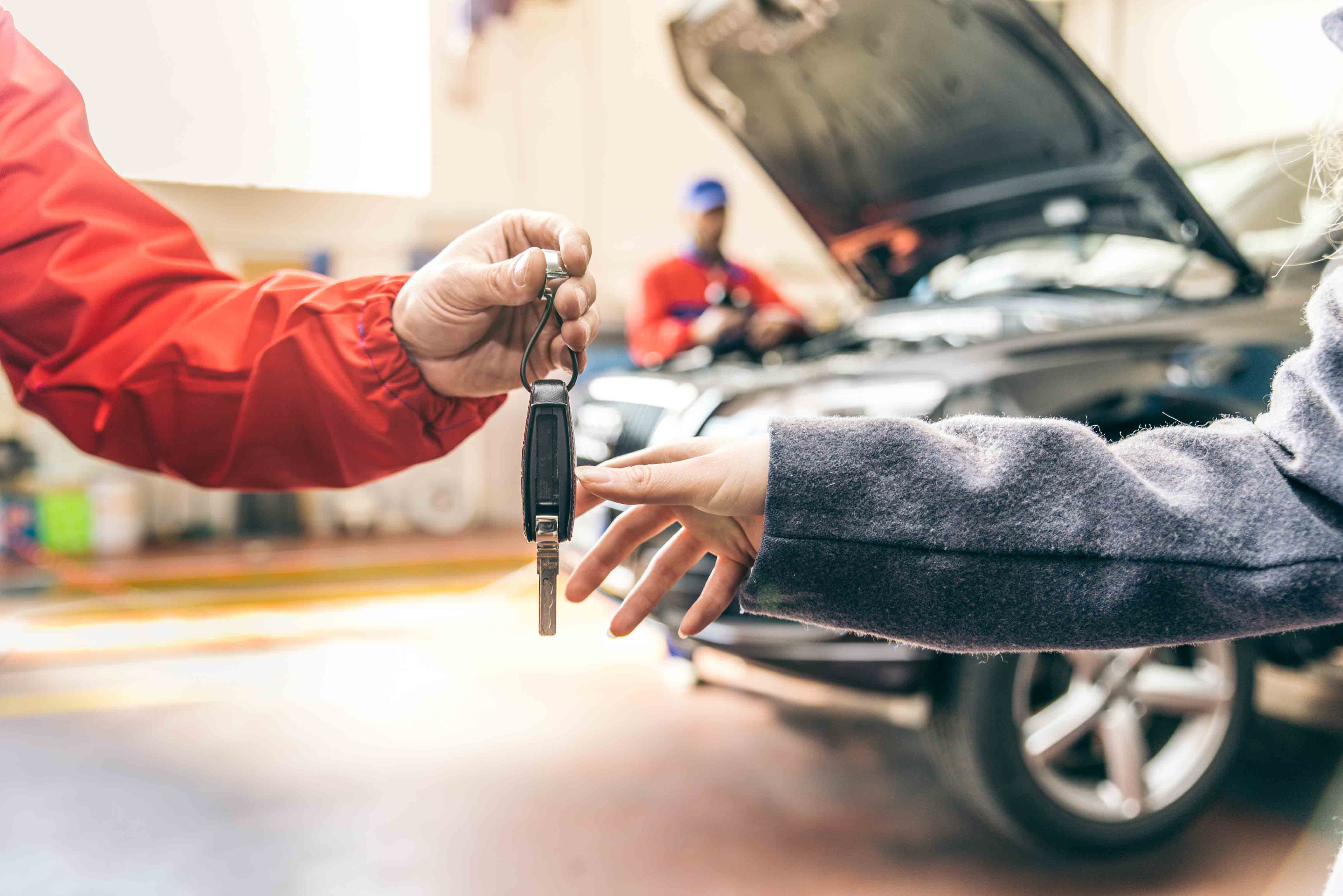
Age and Condition
Before you sell your vehicle, consider its age and condition. If your vehicle isn’t running anymore or if it needs a ridiculous sum to stay roadworthy, you’ll need to be open and honest about its defects if you decide to put it up for sale.
Season and Location
When is the best time to sell your car? To avoid the rush of people who are buying new vehicles in the spring and summer seasons, you can sell your vehicle a month or two before March or September. Also, depending on your location, SUVs and 4x4s may be in demand during fall and winter.
Odometer Milestones
Selling your vehicle based on its odometer reading may also be a good strategy. Just note that vehicles with over 100,000 miles may not be appealing to potential buyers.
Changing Needs and Financial Considerations
If you need a bigger vehicle for your growing family, selling your vehicle is a good option. With more room, you can accommodate more people and have more space for new hobbies and lifestyles.
Parts Are Expensive or Hard to Find
As your vehicle ages, finding parts and service centers may get even more difficult. That’s especially true for brands that have gone out of business, like Saturn.
Dispose: How to Discard Severely Damaged Vehicles
If you can’t repair or sell your damaged vehicle, you may want to dispose of it. Here are some ways you can get rid of your damaged vehicle:
Trade
This is a good option if you want to make room for a new vehicle. To get started, you’ll need to contact your local dealership to determine your vehicle’s market value.
Donate
If your damaged vehicle still runs, donating it to a local charity or a specialized facility is a great option that can help out less fortunate folks. You may not receive cash for your vehicle, but donations are typically tax-deductible.
Recycle
Recycling old and damaged vehicles involves separating their glass, metal, and plastic components so that they can be reused. Some recycling programs may even offer cash incentives if you let them recycle your vehicle.
Scrap
If your vehicle doesn’t run anymore or if you need an absurd amount of money to keep it on the road, scrapping may be your best option. You can start by contacting scrapyards in your area, so that you can get a rough estimate of how much they can offer for your vehicle.
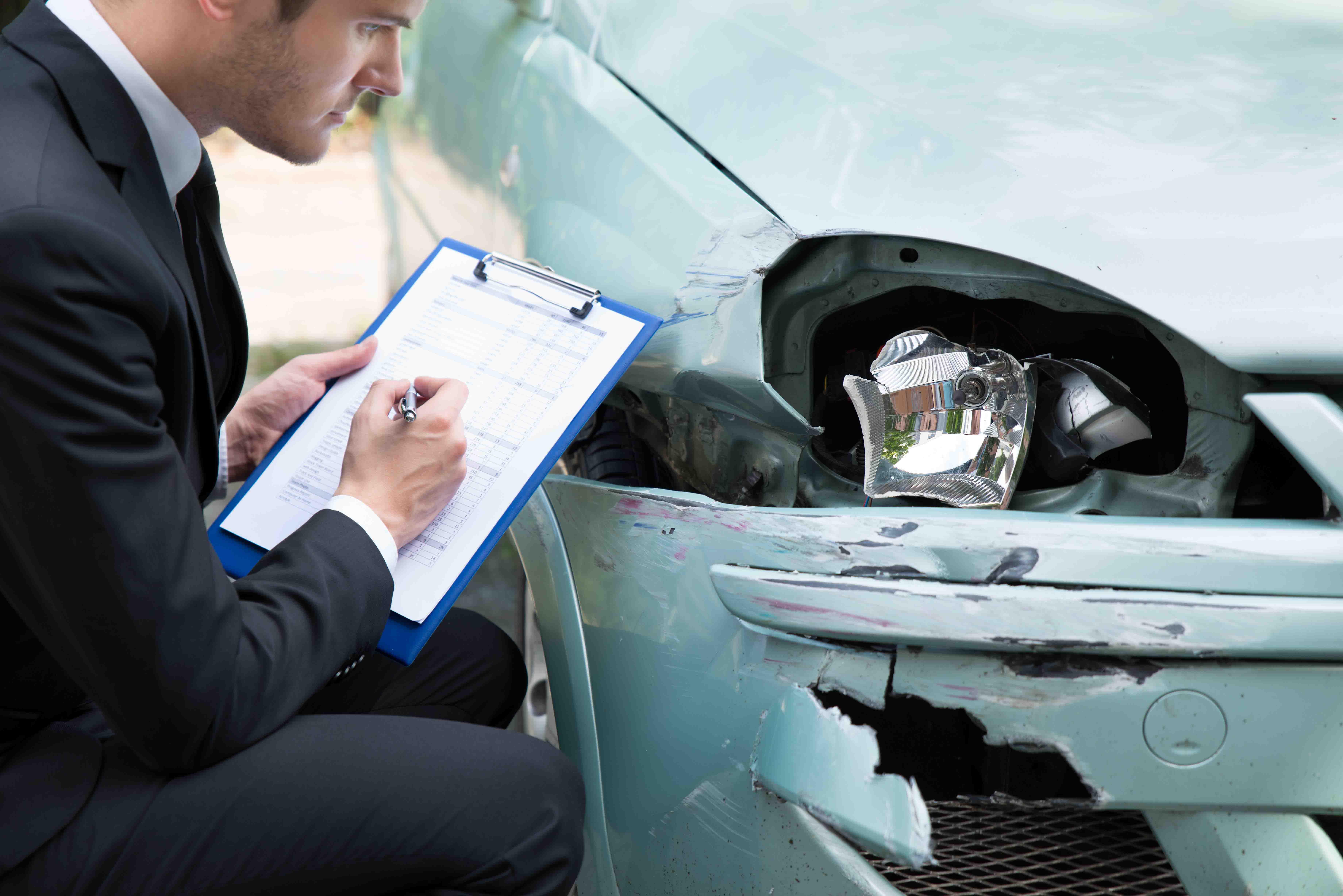
Disposing of an old vehicle isn’t entirely environmentally friendly. Millions of poor-quality and older used vehicles are sent to countries in Africa, Latin America, and Asia in a largely unregulated trade that can harm the planet. If you’re getting rid of an old vehicle because you can no longer sell nor repair it, make sure to be responsible about where you send it for disposal.
About CarParts.com
For over 20 years, CarParts.com has been a leader in the e-commerce automotive aftermarket, providing collision, engine, and performance parts and accessories. With over 50 million parts delivered, we've helped everyday drivers across the contiguous United States find the right parts to keep their vehicles on the road.
With a focus on the end-to-end customer experience, we've designed our website and sourcing network to simplify the way drivers get the parts they need. Our vehicle selector and easy-to-navigate, mobile-friendly website offer customers guaranteed fitment and a convenient online shopping experience. And with our own wide distribution network, we bring the very best brands and manufacturers directly to consumer hands, cutting out all the brick-and-mortar supply chain costs to provide quality parts at a discount for our loyal customers. Combined with our 60-day return policy and satisfaction guarantee, CarParts.com makes it simple for customers to get parts delivered straight to their door. CarParts.com is headquartered in Torrance, California.

